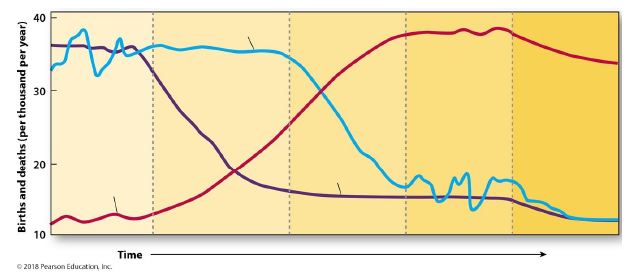What law was passed to cope with the problem of abandoned hazardous-waste sites? What are the main features of the legislation?
What will be an ideal response?
"The Comprehensive Environmental Response, Compensation, and Liability Act of 1980 (CERCLA), popularly known as Superfund, initiated a major federal program aimed at cleanup of abandoned chemical waste sites. Through a tax on chemical raw materials (the authorization for collecting more tax monies expired in 1995), this legislation provides a trust fund for the identification of abandoned chemical wastes sites, protection of groundwater near the site, remediation of groundwater if it has been contaminated, and cleanup of the site." Because "resources are insufficient to clean up all sites at once . . . a system for setting priorities was developed." "As sites are identified—note that many abandoned sites had long since been forgotten—their current and potential threat to groundwater supplies is initially assessed. . . . If a threat to human health does exist, the most expedient measures are taken immediately to protect the public. The worst sites (those presenting the most immediate and severe threats) are put on the National Priorities List and scheduled for total cleanup."
You might also like to view...
Over land, about what percent of the water vapor in the atmosphere comes from water that has transpired from the surface of plants?
a. 40-50% b. 60% c. 70% d. 80% e. 90%
Describe what happens to a nation as it goes from Stage 1 to Stage 4 of the Demographic Transition, making certain to address the birth rate, death rate and RNI.

What will be an ideal response?
When a windmill turns to generate electricity, the amount of kinetic energy input in the process ________
A) is greater than the amount of electrical energy produced B) is less than the amount of electrical energy produced C) is unrelated to the amount of electrical energy produced D) equals the amount of electrical energy produced
Most green plants only need about 10 to 30 percent of full summer sunlight for maximum net photosynthesis.
a. true b. false